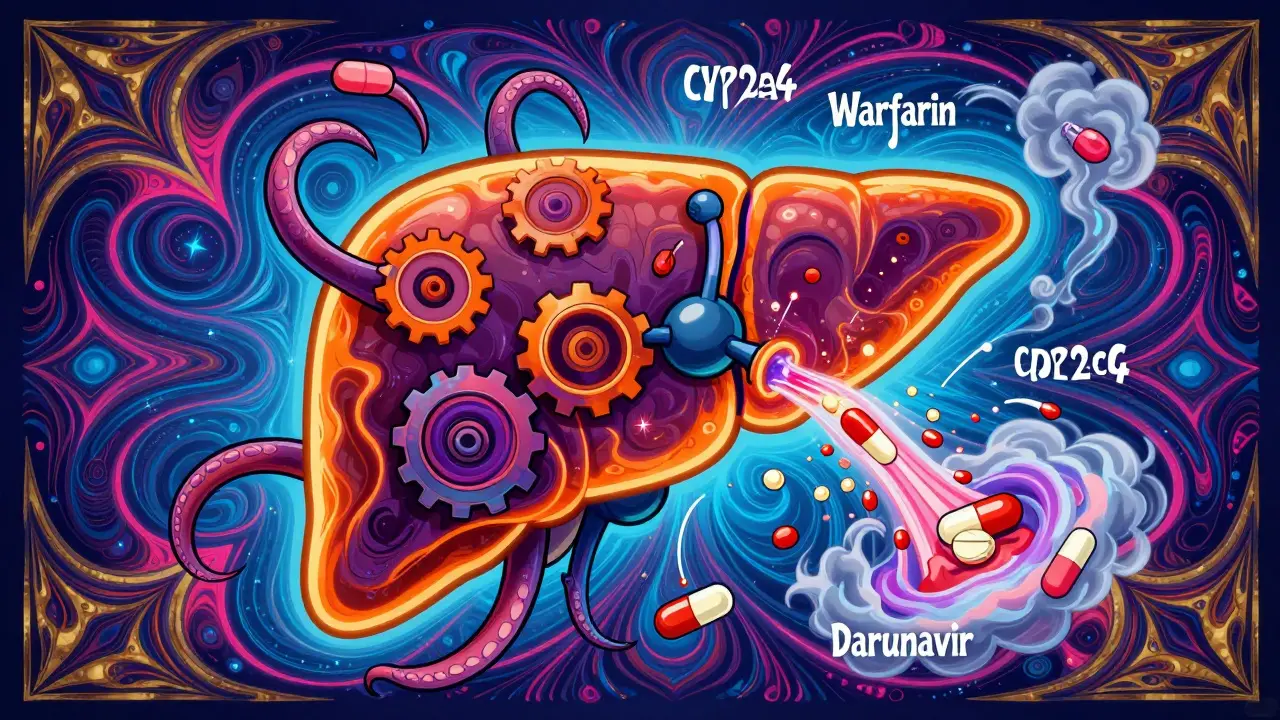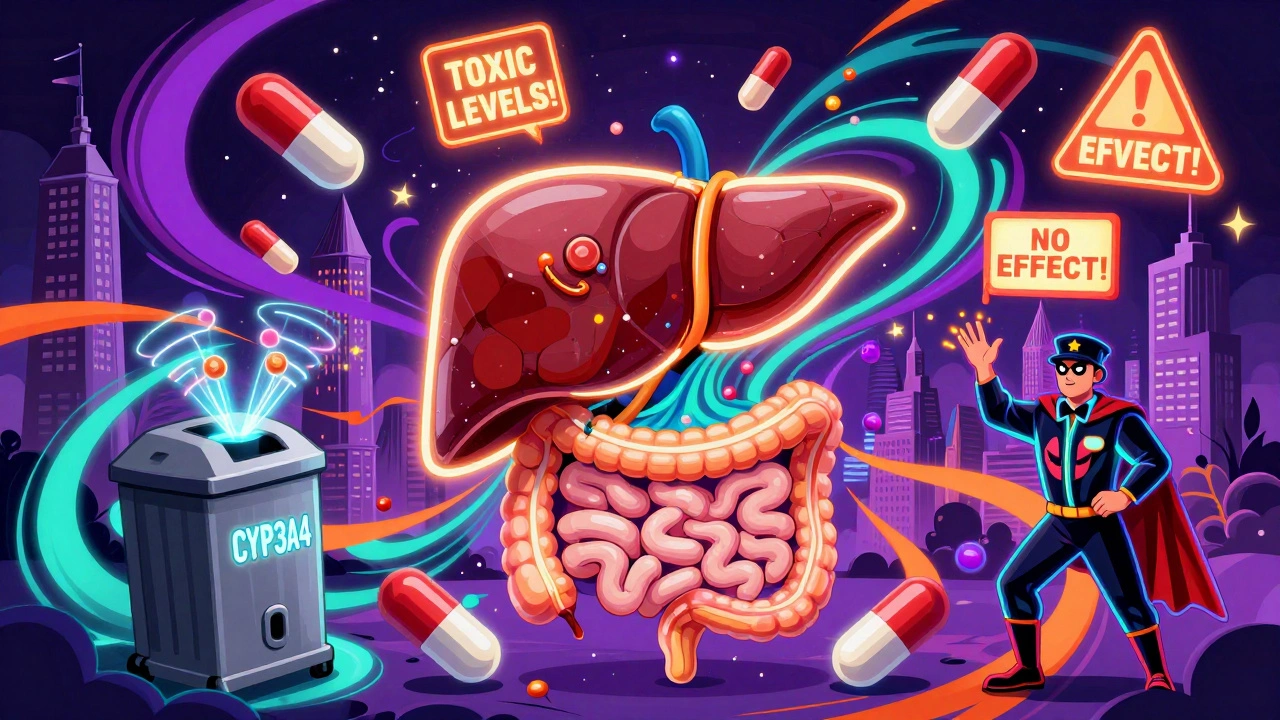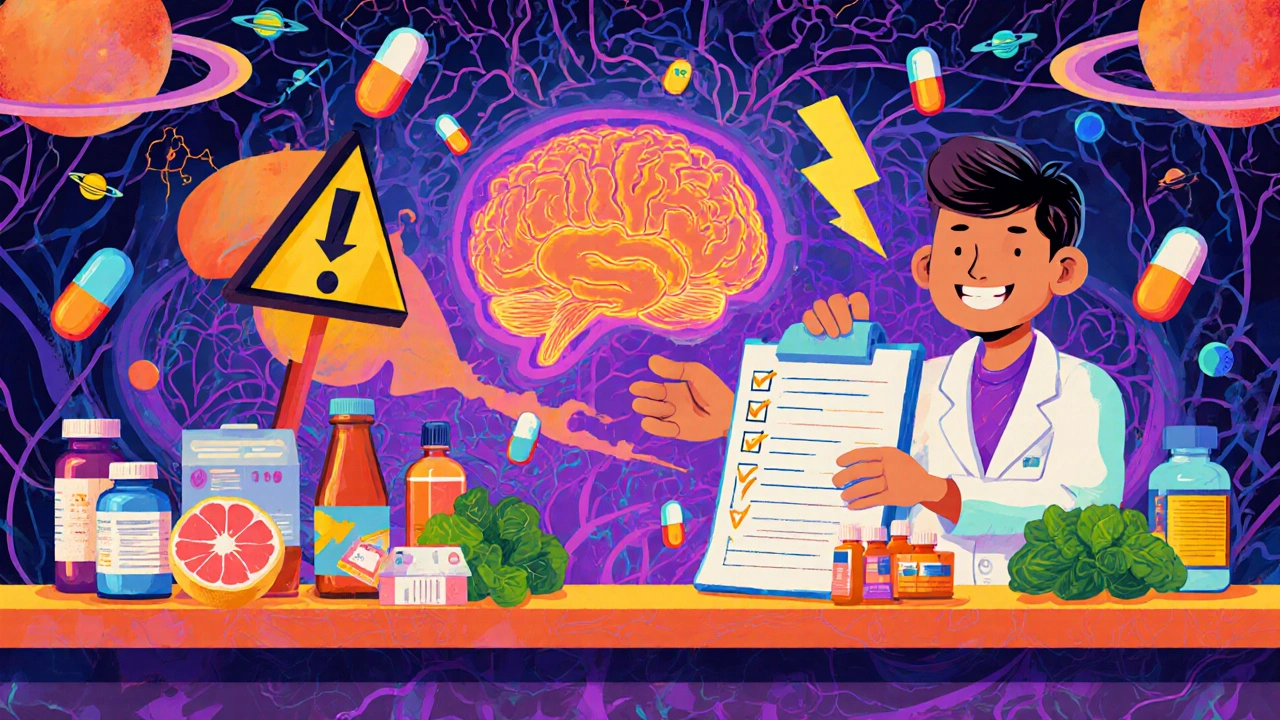Drug Interactions: What to Watch for and How to Stay Safe
One unexpected drug combo can change how a medicine works or cause real harm. You probably know antibiotics and painkillers can clash, but interactions happen with everyday prescriptions, supplements, and even foods. Knowing the common traps saves time, money, and health.
Drugs interact in a few predictable ways: one medicine changes how another is absorbed, processed by the liver, or excreted by the kidneys. Some combinations add similar effects (extra sedation or bleeding), while others block each other. Enzymes called CYP in the liver and stomach acid levels often decide the outcome.
Common real-world examples
Here are some practical interactions you might actually meet: simvastatin taken with gemfibrozil or lots of grapefruit juice raises statin levels and can cause muscle damage. Bactrim (trimethoprim-sulfamethoxazole) can increase potassium and interact with blood thinners and some diabetes drugs. Diazepam or other benzodiazepines plus opioids like hydromorphone amplify drowsiness and risk slow breathing. PPIs such as Nexium (esomeprazole) can change absorption or effectiveness of several drugs. Metformin and contrast dye together raise the small but serious risk of lactic acidosis in some patients.
Other combos to flag: strong blood pressure drugs plus potassium-sparing meds can cause high potassium; NSAIDs like meloxicam with ACE inhibitors or diuretics can reduce kidney function. Over-the-counter antihistamines such as promethazine (Phenergan) add sedation when mixed with alcohol or sedatives.
How to avoid trouble — quick, useful steps
Keep one up-to-date medicine list you carry or store on your phone. Use a single trusted pharmacy when possible so the pharmacist can check interactions. Use reputable online interaction checkers or apps as a first screen, but don't rely on them alone. Before starting or stopping any medicine — even supplements like St. John's wort or acetyl-l-carnitine — ask your doctor or pharmacist. Mention conditions like kidney or liver disease; dose changes matter there.
Watch for warning signs: new or worsening muscle pain, unexplained bruising or bleeding, extreme drowsiness, trouble breathing, fainting, or sudden changes in heart rate. If any of those happen after a new drug or combo, stop the medication and get medical help right away.
Simple habits cut risk: avoid grapefruit with statins or certain benzodiazepines, space antacids away from thyroid pills or antibiotics that need acid to absorb, and skip alcohol when on sedatives or strong painkillers. Tell every clinician and pharmacist about herbal supplements — they often get forgotten but can be powerful.
Older adults, pregnant people, and anyone with kidney or liver issues are more at risk. The same dose may act stronger. Ask about dose changes and get a medication review yearly or after any hospital visit. If you take multiple prescribers, bring your full list to each appointment. Small lab checks like kidney function tests, liver panels, or INR checks can catch problems early. Don't guess—ask before changing anything, every time.
If you want, use our site articles about simvastatin, Bactrim, Diazepam, and Nexium to learn specific interactions and symptoms. When in doubt, ask a pro — it's the fastest way to stay safe.
Rifampin Induction: How It Lowers Anticoagulant and Antiviral Levels
Rifampin drastically lowers levels of anticoagulants and antivirals by boosting liver enzymes that break them down. This can lead to dangerous treatment failures, clots, or drug resistance. Learn how to manage this life-threatening interaction.
Antiviral Medications and CYP3A4/P-gp Interactions: What You Need to Know
Antiviral medications like those for HIV and hepatitis C interact with CYP3A4 and P-glycoprotein, affecting drug levels and safety. Learn which combinations are dangerous, how to avoid them, and what tools can keep you safe.
How Smoking Changes How Your Medications Work: Enzyme Induction and Drug Levels
Smoking changes how your body processes medications by boosting liver enzymes, making some drugs less effective. When you quit, those same changes can cause dangerous toxicity. Know which meds are affected and how to adjust safely.
How to Discuss Supplements and Food Interactions with Your Pharmacist
Learn how to talk to your pharmacist about supplements and food interactions to avoid dangerous drug reactions. Get practical tips on what to bring, what to ask, and which supplements and foods to watch out for.
Nevirapine: Unexpected Role in the Opioid Epidemic Revealed
How does a common HIV medication, Nevirapine, cross paths with the opioid epidemic? This article breaks down the surprising connection between antiretroviral therapy and opioid addiction, exploring pharmacological links, real-world risks, and practical tips for those affected by both. You'll find specific data, relatable stories, and crucial facts to help you make sense of this complex health crisis. Easy to follow and rich in practical info for anyone curious about drug interactions and public health.





